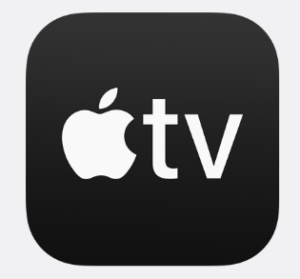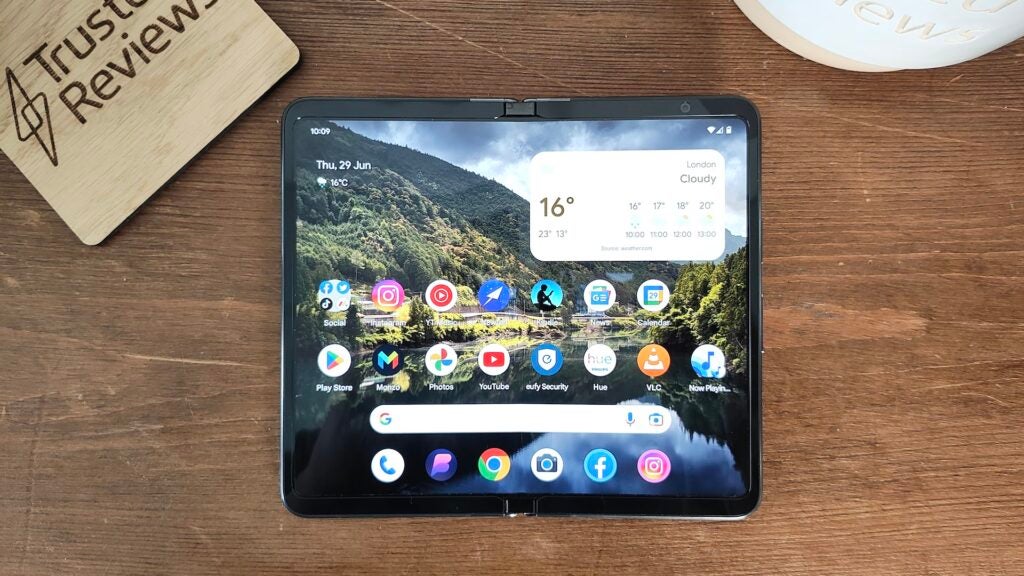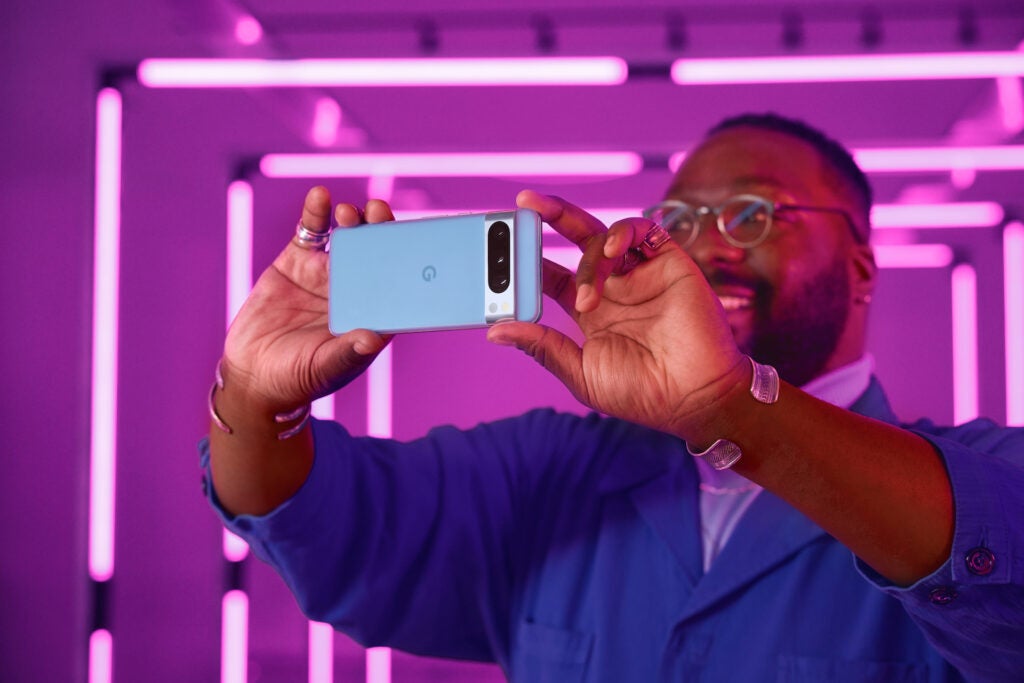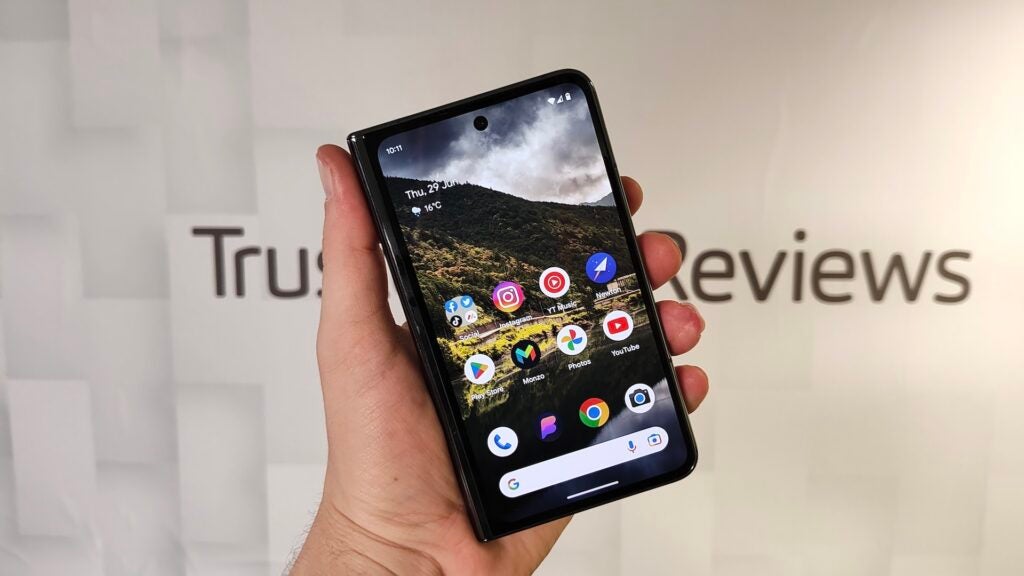Google has lifted the lid on its latest flagship smartphones, the Google Pixel 8 and Google Pixel 8 Pro, but how does the latter compare to Google’s top-end phone, the Google Pixel Fold?
While the two smartphones have very different focuses, there are plenty of similarities – and even more differences – between the two flagship smartphones. We’re yet to go hands-on with the Pixel 8 Pro, but we have spent ample time with the Google Pixel Fold and know what makes it tick.
With that in mind, here are the key differences between the Google Pixel 8 Pro and the Google Pixel Fold.
The Google Pixel Fold is a foldable
Let’s get the most obvious difference out of the way first: the Google Pixel Fold is a foldable smartphone, while the Pixel 8 Pro is a traditional Candybar smartphone with a rigid design.
More specifically, the Google Pixel Fold sports a book-style foldable design with a small 5.8-inch display on the outside and a larger 7.6-inch foldable display found within.

Apple TV+
The Home of Apple Originals. Enjoy star-studded, award-winning series, films, and more. Grab your 7 day free trial now.
- Apple
- 7 day free trial
- £6.99 p/m

Unlike the popular Samsung Galaxy Z Fold 5, the Pixel Fold boasts a shorter and squatter design that we were huge fans of, offering a better cover display experience with a less boxy internal display – though the different approach to aspect ratio means that there are plenty of apps that don’t work on the Pixel Fold’s unique internal aspect ratio.
That’s not something you’ll have to worry about with the Pixel 8 Pro, however, with a redesigned (but still very familiar) chassis to make the phone feel nicer in the hand than last year’s 7 Pro, and with a 6.7-inch display, it measures in practically the same too.
Though not quite as exciting as a foldable, the Pixel 8 Pro should be more durable with a combination of Gorilla Glass Victus 2 and IP68 protection.
The Google Pixel 8 Pro has a newer chipset
One of the key upgrades of the Pixel 8 Pro is the new Google-developed Tensor G3 chipset, replacing the outgoing Tensor G2 chipset found on everything from the budget Pixel 7a to the top-end Pixel Fold.
We had no real problem with the performance of the Google Pixel Fold; while it’s not quite as powerful as top-end chipsets like the Qualcomm Snapdragon 8 Gen 2, the phone was perfectly capable of delivering a top-end experience free of stutter and lag.
And, with the chipset’s focus on AI, it enabled the Pixel Fold to do some pretty fun things, from automatic music recognition as you go about your day to call screening that allows Google Assistant to answer the phone on your behalf. There’s also a bunch of camera features that rely on the AI power – but more on that in a bit.

Now, that AI focus hasn’t changed with the newer Tensor G3 chipset found in the Pixel 8 Pro, but it should deliver a solid boost to both general performance and its AI capabilities, with Google promising improvement to AI tech like enhanced call clarity.
We can’t get too specific on performance and how it compares in real-world use just yet, however, as we’re yet to go hands-on with the latest flagship.
The Google Pixel 8 Pro has more advanced camera tech
The Google Pixel Fold currently has the distinction of being the best foldable for photography in our roundup of the best foldable phones, and for good reason too.
Though the hardware – 48MP main, 10.8MP ultrawide and 10.8MP 5x telephoto – may not be able to compete with most candybar flagships, coupled with Google’s AI smarts, the Pixel Fold delivered consistently well-lit and colour-accurate images that aren’t as saturated as what you’ll find from the likes of Samsung, and the zoom lens added a level of versatility we don’t always see in the foldable market.
The Google Pixel 8 Pro, on the other hand, looks to take the photography experience to the next level with a combination of upgraded hardware and new software capabilities exclusive to the Pixel 8 Pro.

In terms of hardware, you’ll find a boosted 50MP main, 48MP ultrawide and matching 48MP 5x zoom lens complete with multi-zone laser-detect autofocus for rapid focus capabilities. That’s coupled with a new exclusive Pro shooting mode to customise the capture settings beyond what you’d usually find on a Pixel phone, and it also has the ability to deliver high-res images from those high-res sensors too.
On top of this, it can also do pretty much everything that the Pixel Fold can in terms of photo and editing prowess, with access to the same features like Night Sight, Super Res Zoom and Magic Eraser that made the Pixel Fold such a tempting foldable for photography.
While we’re yet to test the camera prowess of the Google Pixel 8 Pro, it certainly sounds like a capable beast on paper.
The Google Pixel 8 Pro has a longer software promise
Google has long had one of the better long-term software promises on the Android side of things – and that shouldn’t come as much surprise considering Google literally develops the Android OS its phones run on. For the past few years, that has meant that Google devices – including the Pixel Fold – boast a promise of 3 OS upgrades and 5 years of security patches.

That’s pretty competitive compared to the likes of Asus, offering just one OS upgrade with its flagship ZenFone 10 earlier this year, though it does fall short of Samsung’s 4 OS updates and 5 years of security patches found on the likes of the Galaxy S23.
That’s something Google is looking to rectify with both the Pixel 8 and Pixel 8 Pro, with both flagships boasting an upgraded 7 years of OS upgrades and security patches, making it the most compelling long-term software promise of any Android manufacturer.
The Google Pixel Fold is much more expensive
Despite the various benefits of the Pixel 8 Pro when compared to its foldable brethren, it’s actually cheaper – and by quite a bit too. That’s because the Google Pixel Fold is one of the most expensive phones on the market at a whopping £1,749/$1,799, making it comfortably more than the £999 Google Pixel 8 Pro.
The Pixel 8 Pro is up for pre-order now, while the Google Pixel Fold has been available to buy in the US and UK since late June 2023.




